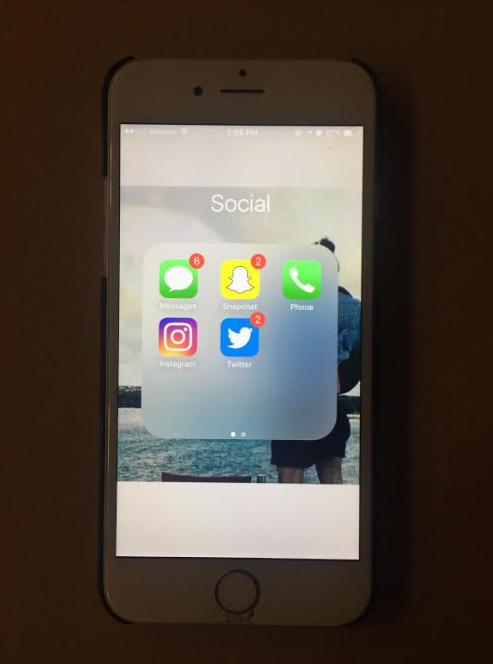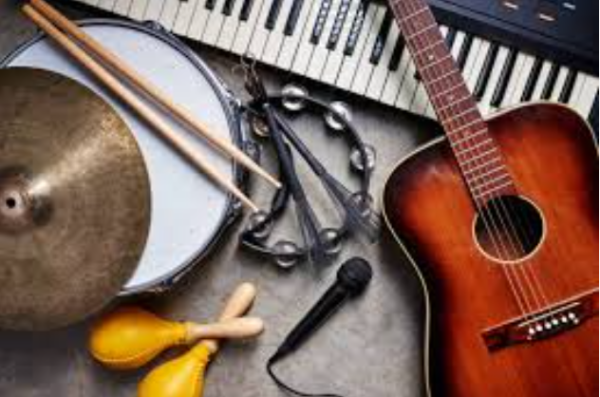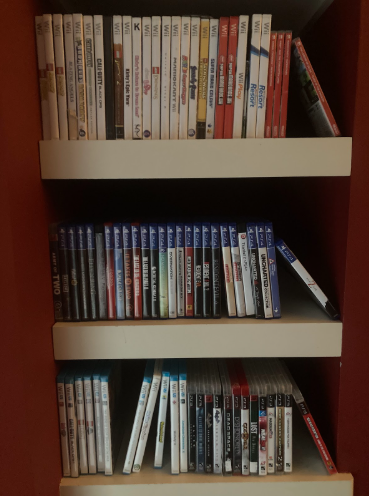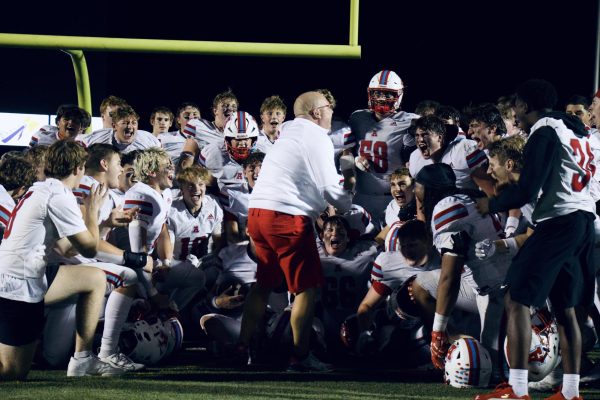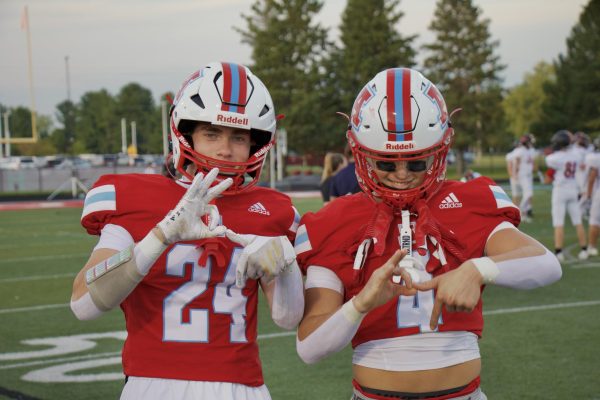Social Media Affects High School Students Positively and Negatively
Social media is becoming increasingly accessed in the 21st century. At Arrowhead, it is mandatory that each student has a laptop to use during the day. With this tool, as well as cell phones, students have access to social media at all times.
According to Stop Bullying, in 2013, 15% of high school students were bullied through electronics. Due to constant changes in technology, bullying is becoming more difficult to track.
Gwendolyn Schweitzer, an Arrowhead junior, says, “I see bullying on social media all the time, and I personally don’t really see it as a problem that will stop any time soon. If I’m scrolling through Instagram, I will more than likely find a comment that is negatively putting down the person that made the post or even another commenter. It’s nice to see when other people join in on the comments to break them up, but it’s another thing when people join in just for the sake of arguing. I feel like there are some people that really get off of bullying because it brings drama into their life, and some people like the excitement of that for whatever reason. I just feel like people don’t take into consideration the impact that they are making on other people by putting them down.”
According to The Cable News Network, the average teenager spends nine hours a day using media. Children from the ages of eight to twelve spend around six hours. This time includes watching television, playing video games, and checking social media.
At Arrowhead, all social websites except for Snapchat are not blocked. Netflix, Twitter, Instagram, Tumblr, and many more can be accessed during the school day. But does this influx of technology help or harm student’s participation in school?
Schweitzer says, “Social media has helped me excel in school throughout the years. I am able to find people online from my classes to be able to ask them on clarification on any questions that I may have. I would also include email in social media, and that is useful because I’m able to email my teachers for clarification as well. The world is literally at our fingertips online, and I’m able to easily look up reliable information if I need better understanding.
“Social media and technology affects my school experience immensely mostly because of the fact that a lot of our work is done digitally. We barely use paper anymore unless there’s a class where work needs to be shown, and I think that it kind of takes away the focus of learning. I feel like students are more engaged when they have to handwrite things because the information sinks into the brain more easily, or at least that is my take on that.”
According to the United States Lifesaving Association, there are both positive and negative to social media. There is the possibility of meeting someone online who is not the person they say they are, which may result in dangerous situations. However, social media can have a good influence as well. If teenagers see people displaying positive behavior, then they will most likely replicate this, and therefore be learning good habits.
“I personally think that social media is great because it’s a way for others to communicate and share things easier. People can virtually post anything, and it can be really useful for meeting new friends, viewing opinions, finding inspiration, and just viewing some new and neat things that haven’t been seen. However, sometimes what happens on social media is not great, but that’s not because of social media as a whole. That is because of the people contributing to it,” says Schweitzer.
